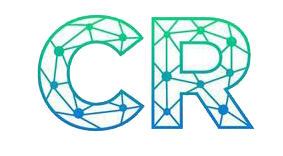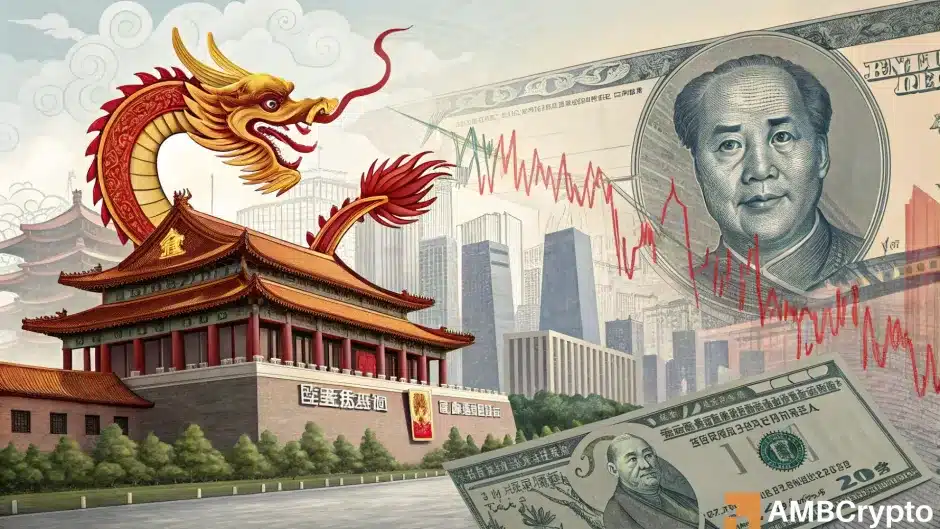Key Takeaways
How much is China Renaissance contributing to the project?
The bank is contributing $200 million in collaboration with YZi Labs and plans to invest an additional $100 million itself, with the rest raised from external investors.
Why is China Renaissance’s project significant?
It signals China’s growing willingness to engage with digital assets and represents a major institutional bet on BNB’s long-term growth.
Rumors are swirling that U.S. President Donald Trump may be considering a presidential pardon for Binance [BNB] Founder Changpeng “CZ” Zhao.
China Renaissance Holdings’ Binance bet
Meanwhile, China Renaissance Holdings is reportedly in advanced discussions to raise $600 million for a new U.S.-listed investment vehicle focused on Binance’s native token, BNB, according to Bloomberg.
The initiative aims to attract both Asian and Western institutional investors and signals a major institutional bet on the token’s long-term growth.
As per the plan, China Renaissance is contributing $200 million to the project in collaboration with YZi Labs, while the bank itself plans to invest around $100 million.
The remaining funds will be sourced from institutional investors across Asia and the West to make it one of the largest corporate allocations in BNB to date.
Who is the leader in the BNB treasury and more?
For context, at present, the largest publicly traded BNB treasury currently belongs to CEA Industries, which recently expanded its holdings to 480,000 tokens.
If successful, the initiative could emulate the strategy popularized by Michael Saylor’s Strategy Inc., which set a precedent for corporate entities holding high-performing cryptocurrencies as part of their treasury strategy.
BNB traded at $1,199.43 at press time, down by 12.02% over the past 24 hours, reflecting ongoing market volatility despite renewed institutional interest.
China vs U.S. crypto approach
Needless to say, China’s shift toward selective crypto acceptance contrasts sharply with the U.S. approach.
While the U.S. maintains transparent Bitcoin [BTC] holdings through federal seizures, public companies, and ETFs, China continues to restrict domestic mining and trading.
This shows that the U.S. relies more on transparency and regulatory clarity to integrate crypto into its financial system, whereas China emphasizes controlled access and indirect influence.
Now, though China Renaissance’s move signals the country’s growing willingness to engage with digital assets, competing with the U.S.’s established institutional framework remains a formidable challenge.
Trump’s tariff attack on China
All this happened after the broader crypto market reacted sharply to President Trump’s warning over China’s alleged export threats, triggering a $700 million liquidation on the 10th of October.
Fears of a renewed U.S.–China trade conflict spurred risk-off sentiment, sending leveraged traders scrambling and pushing crypto prices lower.
Now, with Beijing yet to respond and potential tariffs looming, markets remain on edge, suggesting that volatility could persist in the coming days.







